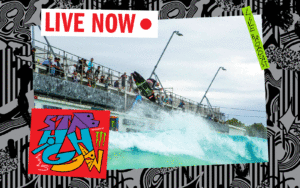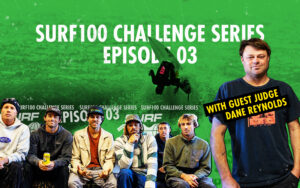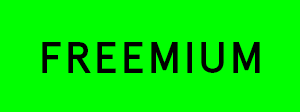Modern Surf Forecasting Is A Double-Edged Sword
Better information, more crowds. Here’s how to exist in the age of surf alerts.
Get Stab Premium
Home to the greatest films, series, and editorial in surfing.
Already a member? Sign In
Signed in but can't see the content?
Update Your Card > Menu > Subscriptions > Renew Now
Other issues? Email [email protected]
Are you a student and semi-broke?
Email a pic of your current student ID to [email protected] for 20% off Premium.
Monthly
Stab original films (Stab In The Dark, Electric Acid Surfboard Test, Microdose, profile films, etc.)
Premium editorial
Deep-dive journalism
Objective product reviews
How-to's
Cancel anytime
Yearly
Stab original films (Stab In The Dark, Electric Acid Surfboard Test, Microdose, profile films, etc.)
Premium editorial
Deep-dive journalism
Objective product reviews
How-to's
Cancel anytime
Gift
12-month subscription
Choose the delivery date
Send personalized messages
Stab original films (Stab In The Dark, Electric Acid Surfboard Test, Microdose, profile films, etc.)
Premium editorial
Deep-dive journalism
Objective product reviews
How-to's
Cancel anytime












 Jul 11, 2025
Jul 11, 2025
